12 Apr From South Africa to Your Cup: Everything You Need to Know About Rooibos Tea
Rooibos tea, also known as red tea or red bush tea, has gained popularity in recent years due to its unique flavour and numerous health benefits.
Naturally caffeine-free, this unique herbal tea originates in South Africa and has been consumed by the indigenous Khoisan people for centuries, who have used it for centuries for its medicinal and nutritional properties.
In this blog post, we will explore the fascinating history of Rooibos tea, its production process, its unique flavour profile, and the many health benefits that have made it a popular choice for tea drinkers everywhere. So sit back, brew yourself a cup of Rooibos tea, and join us as we delve into the world of this remarkable herbal beverage.

What is Rooibos tea?
Rooibos tea, also known as red bush tea, is a herbal tea made from the leaves of the Aspalathus linearis shrub, which is native to the Western Cape province of South Africa.
The plant grows up to 2 meters tall and has needle-like leaves that are harvested for making Rooibos tea.
The leaves of the Rooibos plant are harvested by hand in the summer months of January to February, using a small sickle. Only the new growth of the plant is harvested, which takes about two to three years to grow.
Traditionally, the leaves of the Rooibos plant are oxidised, which gives them their distinctive reddish-brown colour.
However, unoxidised Green Rooibos tea also exists and is rather flavourful.
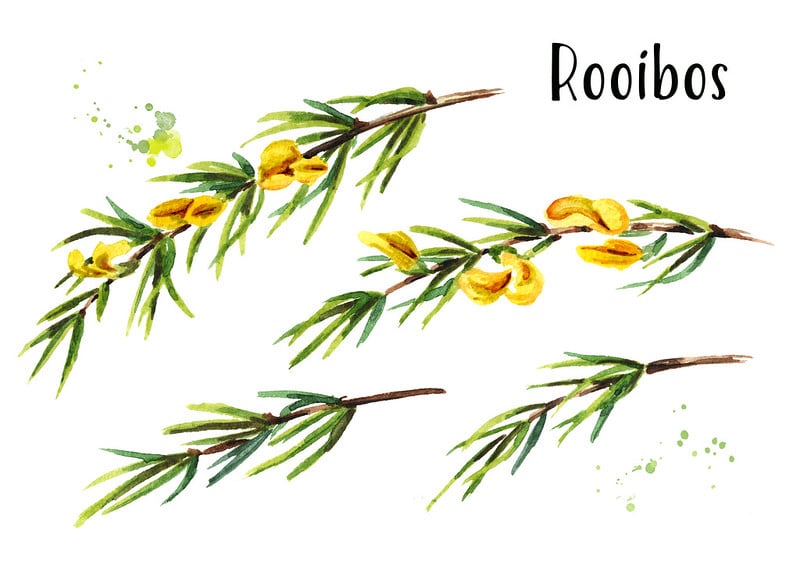
Can Rooibos grow outside of South Africa?
Whilst several countries including Australia, Nambia, China, Japan and even the US have been trying to grow Rooibos crops, it’s incredibly challenging to cultivate this unique shrub outside of its native Cederberg region of South Africa.
The plant has evolved to grow in the nutrient-poor, acidic soils of the region, which are high in iron and low in nitrogen. Rooibos also requires a Mediterranean-type climate with winter rainfall and hot, dry summers.
Different types of Rooibos
There are two types of Rooibos tea.
The traditional red rooibos is the most common type and is made from oxidised leaves of the Rooibos plant. It is known for its sweet and slightly nutty flavour.
Less well known, but just as tasty as the red is green rooibos tea. It has a more grassy flavour than red rooibos and can almost be compared to green tea.
It is made from the the same plant, but the Rooibos leaves are steamed to prevent oxidation.
Popular ways to enjoy Rooibos
Rooibos tea can be brewed in a variety of ways, depending on personal preference and desired flavor.
TRADITIONAL
For a traditional preparation method, we recommend steeping 1-2 tsp it in 100 °C for 5-7 minutes. You can use our teapro infuser glass for 1 portion or our teapro glass teapot for 3-4 portions (increase the amount of tea accordingly)
ICED TEA
For iced Rooibos tea, double the amount of tea leaves and steep in hot water for 10-15 minutes, then put in the fridge or add ice and garnish with lemon or mint.
ROOIBOS LATTE
You can even make a rooibos latte – all you need to do is steep a concentrated rooibos tea (we recommend 2 tbsp to 300ml of water ratio) and steep it for about 10 min. Then simple add milk foam and some honey for sweetness – it makes a perfect caffeine-free latte!
ROOIBOS ICED LATTE
Similar to the traditional latte, we recommend brewing a concentrated Rooibos tea, mixing it with honey and then adding some ice cubes and soy or almond milk.
FRUITY ROOIBOS
Some people like adding a slice of orange to their Rooibos tea to enhance the flavour.
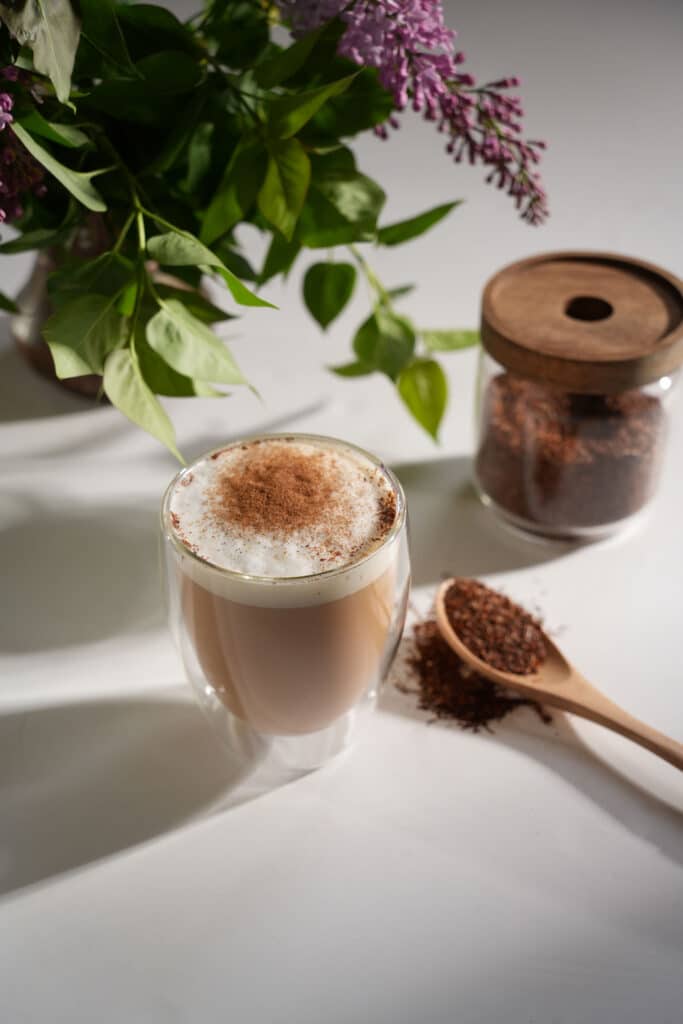

What do I pair with Rooibos?
Rooibos tea has a unique flavour profile that pairs well with a variety of foods. Here are some suggestions for foods to pair with Rooibos tea:
FRUIT
Rooibos tea has a fruity undertone that pairs well with fresh fruit, especially berries and tropical fruits like mango and pineapple.
PASTRIES
Rooibos tea pairs well with baked goods like cakes, cookies, and pastries. Its natural sweetness and subtle vanilla flavour can help to enhance the flavours of these treats.
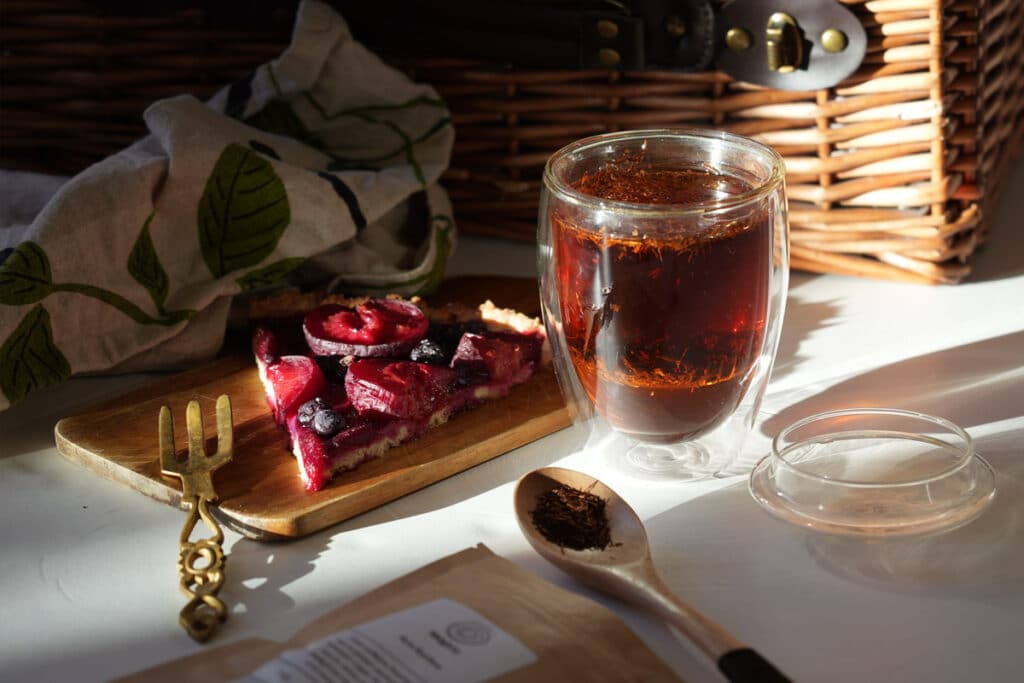
CHOCOLATE
Rooibos tea has a natural sweetness that pairs well with chocolate, especially dark chocolate.
SPICY FOODS
The nutty and slightly earthy flavour of Rooibos tea can help to balance the heat of spicy foods, making it a good pairing for dishes like curries and chilli.
CHEESE
Rooibos tea pairs well with a variety of cheeses, especially milder and creamier cheeses like brie and goat cheese.
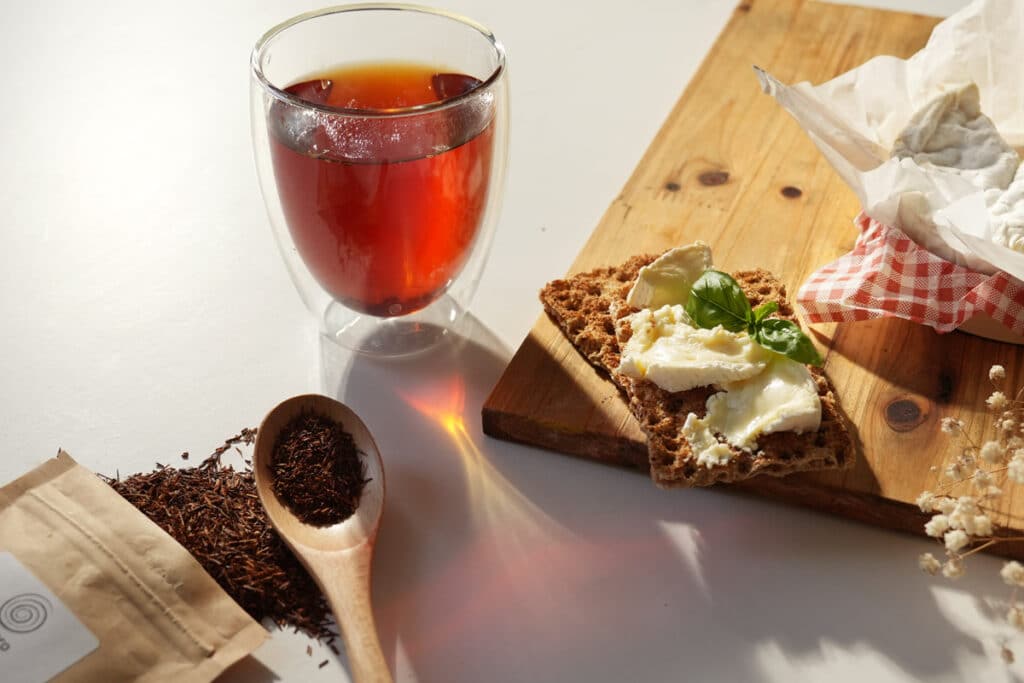
How do I store Rooibos tea?
Rooibos tea has a longer shelf life than most other types of tea due to its low tannin content and lack of caffeine. When stored properly, Rooibos tea can last for up to two years without losing its flavor or nutritional value.
The best way to store Rooibos tea is in an airtight container, such as a glass jar or a resealable bag. It is important to keep the tea away from too much sunlight, heat, moisture, and strong odours, as these factors can affect the quality and flavour of the tea.
Avoid storing the tea in the refrigerator or freezer, as this can cause the tea to absorb moisture.
Store your rooibos tea with our tea storage jars !
What are the health benefits of Rooibos?
For centuries, the indigenous Khoisan people of Western Cape have been using Rooiboss a herbal remedy for various ailments, including stomach cramps, allergies, and insomnia. Recent studies have confirmed some of the following health benefits:
PROMOTES RELAXATION AND BETTER SLEEP
Rooibos tea contains a natural compound called aspalathin, which has been shown to have a calming effect on the body. Drinking Rooibos tea before bed may help to promote relaxation and improve the quality of sleep.
RICH IN ANTIOXIDANTS
Rooibos tea contains high levels of antioxidants such as aspalathin and quercetin, which help to neutralize free radicals and protect the body from oxidative stress.
LOWERS BLOOD PRESSURE
Rooibos tea has been shown to have a positive effect on blood pressure, with studies suggesting that regular consumption of Rooibos tea may help to lower both systolic and diastolic blood pressure.
IMPROVES HEART HEALTH
The antioxidants in Rooibos tea have also been linked to improved heart health. Studies have shown that Rooibos tea can help to reduce inflammation, lower cholesterol levels, and improve blood circulation.
BOOSTS THE IMMUNE SYSTEM
Rooibos tea contains several nutrients that support the immune system, including vitamin C, zinc, and alpha-hydroxy acid. These nutrients help to strengthen the body’s defenses against infections and diseases.
PROMOTES DIGESTION
Rooibos contains several compounds that can help to soothe the digestive system, including quercetin and aspalathin. It may also help to relieve stomach cramps and other digestive discomfort.
PREGNANCY AND BREASTFEEDING
Rooibos tea is widely considered safe for pregnant women and breastfeeding mothers. It’s a caffeine-free alternative to regular tea, making it a great choice for those who avoid caffeine during pregnancy and breastfeeding.
Was this interesting ? Want to learn more? What about nettle tea- read more and found out how nettle tea boosts you health!
Who are KhoiSan people and what’s their connection to Rooibos?
The KhoiSan people, who are indigenous to the southern regions of Africa, have long been considered one of the oldest tribes of human species on Earth. Their genetic lineage is believed to have originated over 100,000 years ago.
The name KhoiSan originates from the native words khoi “person” and san “forager”, meaning ‘persons who forage in the bush” or “bushmen”.
The Khoisan language is famous for its unique use of clicking sounds.
Despite their rich cultural and genetic history, the KhoiSan people have faced numerous challenges over the years, including land dispossession, discrimination, and marginalisation.
However, there have been efforts in recent years to recognise the unique contributions and rights of the KhoiSan people, including the passing of the Traditional and Khoi-San Leadership Act by the South African government in 2019, stating that South Africa’s KhoiSan people should receive 1.5% of the value farmers get when they sell to the tea processor.

In conclusion, Rooibos tea is a flavorful and healthy beverage with a rich cultural heritage that can be traced back to the indigenous Khoisan people of southern Africa.
The many health benefits associated with Rooibos tea, including its antioxidant properties and potential anti-inflammatory effects, make it a popular choice among health-conscious consumers around the world.
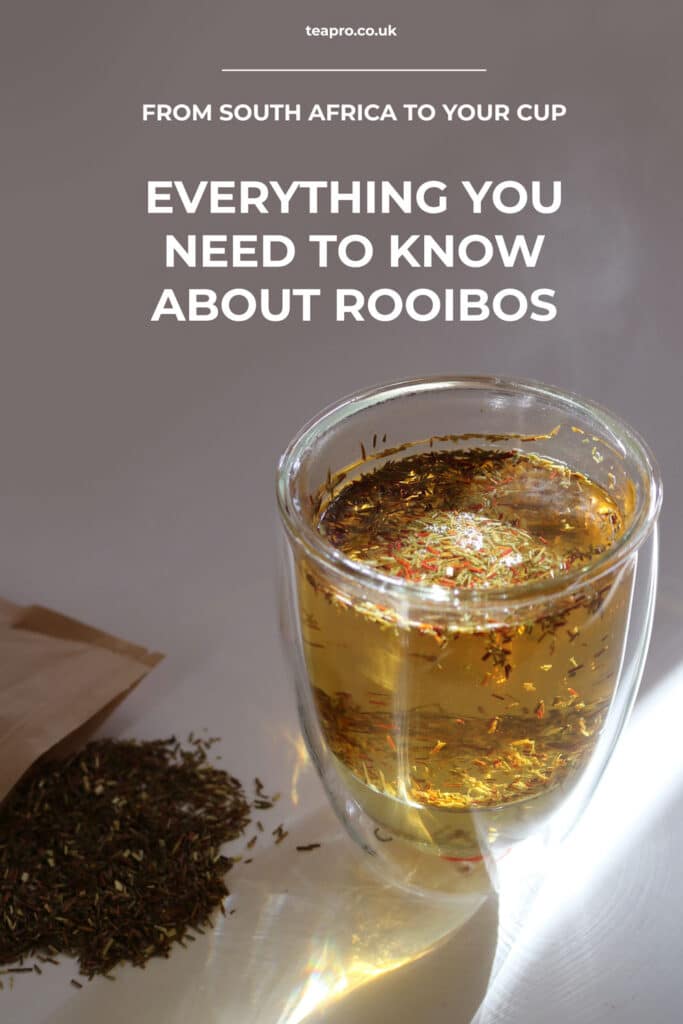

Teapro co-founder. Favourite tea - Long Jing Dragon Well Green Tea. Obsessed with film, photography and travelling.

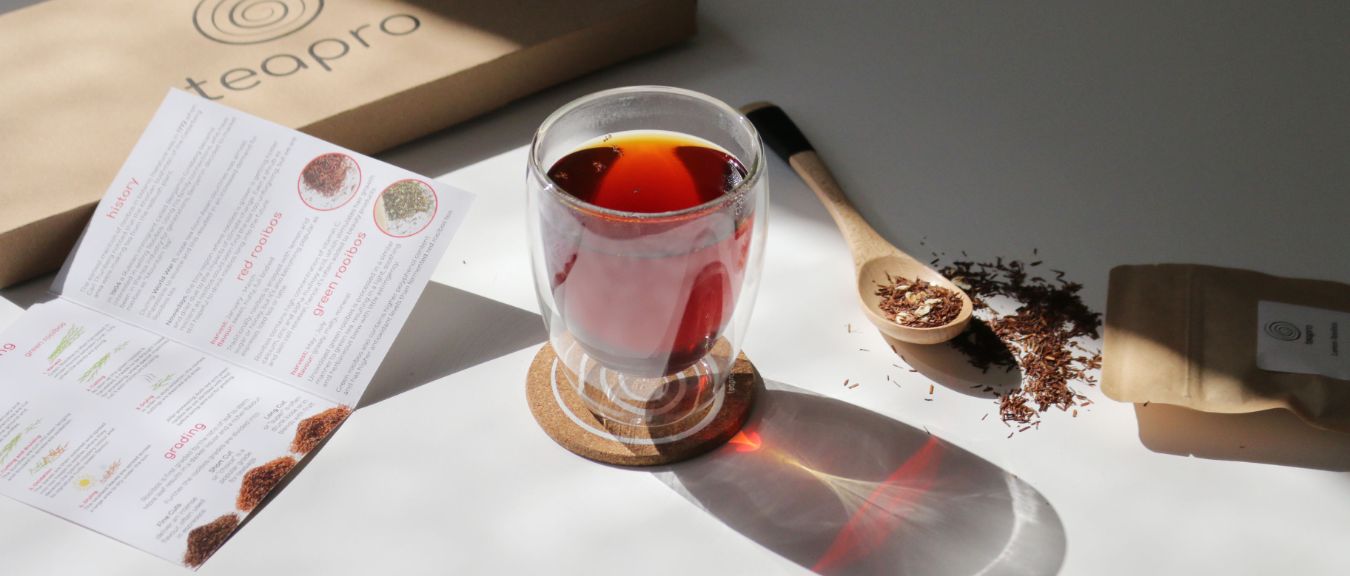
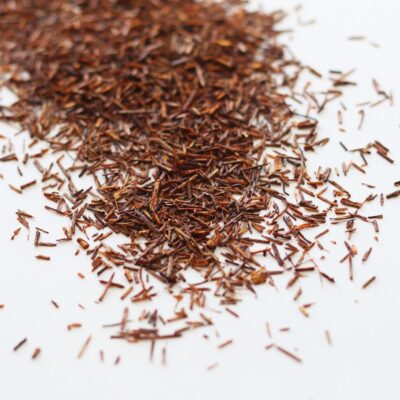
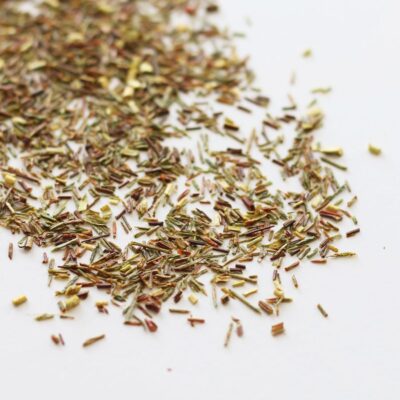

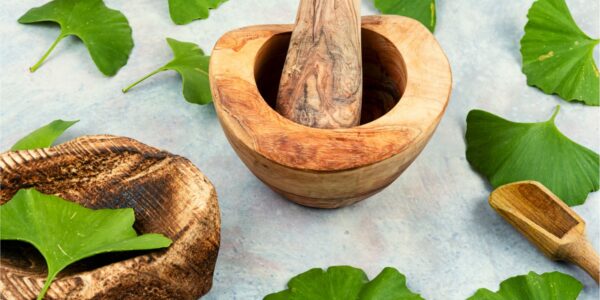
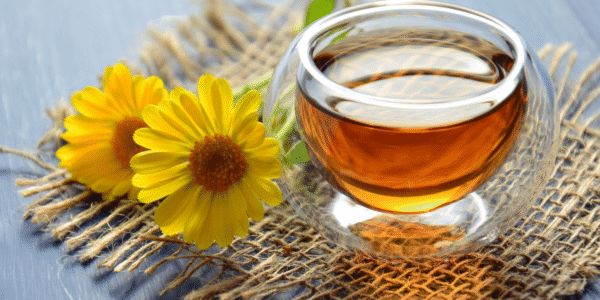
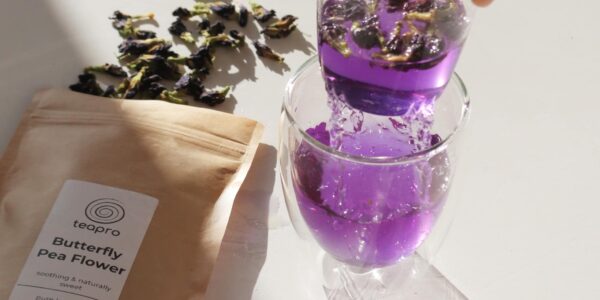
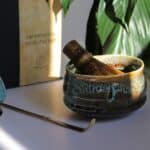






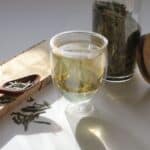

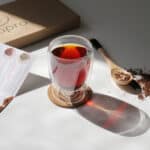
chaline church
Posted at 21:26h, 09 OctoberAspalathus carnosa is a plant I believe and not a beetle. I believe Rooibos is pollinated by several bee types and wasps. Can you share the link you have to validate the info that Rooibos is pollinated by the “Aspalathus carnosa” beetle as I believe you may wrong here.
Tatjana
Posted at 10:42h, 11 OctoberThank you so much for pointing it out – I double checked and you’re right. I will fix this section in the article.